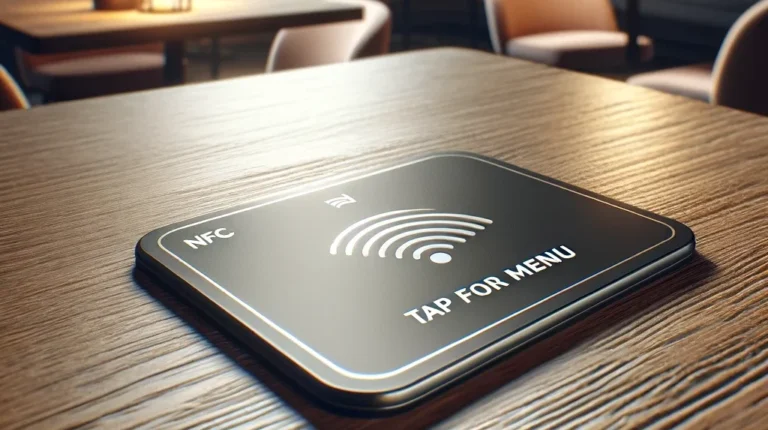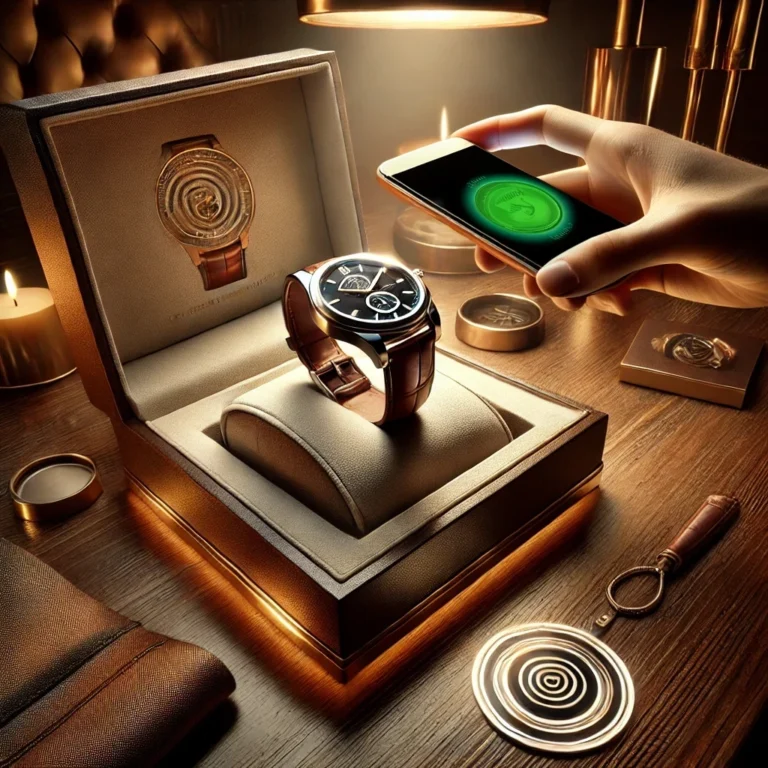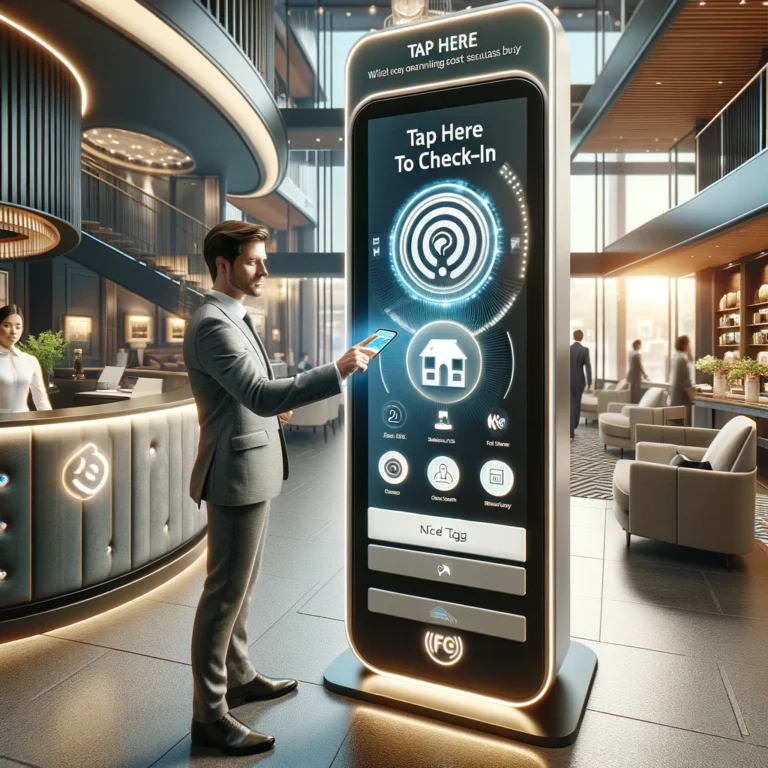In today’s fast-paced digital world, keeping visitors engaged at exhibits, museums, and trade shows is more challenging than ever. To meet these demands, many exhibitors are turning to innovative technologies to create more interactive and personalized experiences. One such technology making waves in the industry is Near Field Communication (NFC). But what exactly is NFC, and how can it transform the way we interact with exhibits?
What is NFC and How Does It Work in Exhibits?
NFC, or Near Field Communication, is a wireless technology that enables short-range communication between compatible devices, typically within a range of a few inches. You’ve probably encountered NFC in your everyday life without even realizing it—think contactless payments or tapping your phone to share information. But its applications go far beyond these common uses.
In the context of exhibits, NFC can be embedded into various materials such as posters, display stands, or even artifacts themselves. When visitors tap their smartphones on an NFC-enabled tag, they can instantly access a wealth of digital content, ranging from detailed descriptions and high-resolution images to videos and audio guides. This seamless interaction bridges the gap between the physical and digital worlds, offering visitors an enriched experience that goes beyond what traditional exhibits can provide.
Benefits of NFC in Exhibits
Enhanced Visitor Experience
NFC technology turns a passive visit into an interactive journey. Instead of simply reading placards or listening to basic audio guides, visitors can engage with multimedia content tailored to their interests. For example, they can watch a video of an artifact’s history, listen to expert commentary, or even participate in interactive quizzes or games related to the exhibit. This level of engagement keeps visitors intrigued and encourages them to explore more deeply.
Personalized Journeys
One of the standout features of NFC is its ability to deliver personalized content. Based on a visitor’s past interactions or preferences, NFC tags can trigger different types of content. For instance, an art enthusiast might receive detailed critiques and artist interviews, while a family might be directed to kid-friendly content. This personalization makes each visit unique and more relevant to the individual.
Increased Accessibility
NFC technology also plays a crucial role in making exhibits more accessible. Visitors can choose to receive information in multiple languages or formats, such as text, audio, or video, directly on their smartphones. This is particularly beneficial for international visitors or those with disabilities, ensuring that everyone can enjoy and learn from the exhibit at their own pace and in a way that suits them best.
Data Collection and Analytics
For exhibitors and curators, NFC provides invaluable insights into visitor behavior. By tracking which NFC tags are activated and when, organizers can gather data on the most popular exhibits, the average time spent at each display, and the paths visitors take through the exhibit. This data can be used to refine future exhibits, optimize layouts, and create content that resonates more with the audience.
Real-World Examples
NFC technology has already been successfully implemented in various exhibits and trade shows worldwide. For example, the Louvre Museum in Paris has integrated NFC into its visitor experience, allowing guests to access detailed information and multimedia content about the artworks directly on their smartphones. Similarly, at trade shows like CES, exhibitors use NFC to share product specifications, promotional videos, and contact details instantly, reducing the need for printed materials and making the experience more eco-friendly.
These examples demonstrate how NFC can significantly enhance visitor engagement and satisfaction, making the exhibit more memorable and informative.
Implementing NFC in Your Exhibit
If you’re considering incorporating NFC technology into your next exhibit, here are a few practical tips to get started:
- Choose the Right NFC Tags: Depending on your exhibit, you might need different types of NFC tags. Some are designed for durability and can withstand outdoor conditions, while others are more suited for indoor displays.
- Create Engaging Content: NFC is only as good as the content it delivers. Invest time in creating high-quality multimedia content that will captivate your audience and add value to their experience.
- Ensure Device Compatibility: Most modern smartphones are NFC-enabled, but it’s important to ensure that your tags are compatible with a wide range of devices. You might also want to provide alternatives, such as QR codes, for visitors whose devices do not support NFC.
- Test and Iterate: Before launching your exhibit, test the NFC functionality thoroughly. Gather feedback from testers to refine the content and user experience.
Conclusion
NFC technology is revolutionizing the way we experience exhibits, providing a bridge between the physical and digital worlds that enhances visitor engagement, personalization, and accessibility. Whether you’re a museum curator or a trade show organizer, integrating NFC into your exhibits can create a more interactive and memorable experience for your audience.
Ready to take your exhibit to the next level? Contact us today to learn how our NFC solutions can help you create unforgettable visitor experiences.



